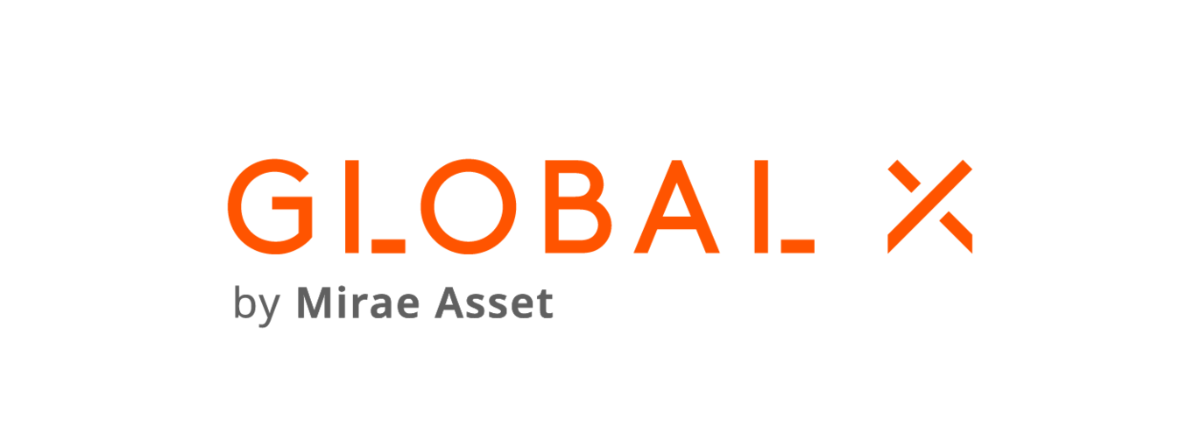Rapid adoption of electric vehicles (EVs) has sparked enthusiasm for the burgeoning sector among investors, resulting in the number of ETFs targeting the theme jumping from one to five in three years, including products from HANetf, KraneShares and Fidelity since the start of the 2022 alone.
From being ridiculed as impractical for their cost and poor battery life, EVs now makeup around 1.5% of the global vehicle fleet, a number that is expected to jump to 30% by2040, according to data from Bloomberg NewEnergy Finance.
However, this outlook does not account forehead winds such as the current high-inflation, rising-rates environment accompanied by supply chain issues – which are problematic for debt-laden companies, beholden to speculative investor behaviour and their ability to source rare materials from a select number of locations.
HANetf’s $3m Electric Vehicle Charging Infrastructure UCITS ETF (ELEC), the $6mKraneShares Electric Vehicles & Future Mobility ESG Screened UCITS ETF (KARS) and the $4m Fidelity Electric Vehicles and Future Transportation UCITS ETF (FDRV)launched in April, May and September and have all suffered a difficult start to life.
ELEC and KARS have returned -25.2% and-17.6% over the past three months, respectively, and -28.7% and -12.4% over the past month, as at 21 October. Over the latter period, Fidelity’s newly-launched FDRV fell 15%.
This will be unsurprising to most, though, given most growth-focused future themes have been among the worst-affected by the current market backdrop.
The EV theme has also enjoyed investor support in the longer term, as seen with the $596m amassed by the iShares Electric Vehicles and Driving Technology UCITS ETF (ECAR) since its launch in 2019. Arguably a bigger challenge is the ability to build a suitable universe of investable EV companies that are listed, meet market cap and liquidity requirements and hopefully protect investors from some of the volatility which goes with the sector.
While Tesla is well-known for seeing its share price explode tenfold since 2019, it and the nine other largest EV companies’ share prices have fallen between 40% and 84% since the start of the year – not to mention eight out of 10 only listed since the start of the pandemic.
Victim to the lack of investable EV manufacturers has been BlackRock’s ECAR, which is populated by mainstream car companies such as Hyundai, Volkswagen, Nissan, Kia, BMW and Toyota, as well as broad tech names such as Intel, Nvidia, AMD and Qualcomm.
Ironically, it awards higher weightings to General Motors, Suzuki and Ford than Tesla. Given these challenges, the most important question an investor must ask is which ETF has the best approach for capitalising on the EV growth theme, based on theme purity and which subthemes they capture.
EV charging
The first to throw its hat in the ring in 2022 was HANetf’s ELEC, which sets EV manufacturers aside and instead focuses on the charging technology that will underly and power EV adoption.
It does this by tracking the Solactive Electric Vehicle Charging Infrastructure index of 14 companies involved in electric vehicle charging stations or the manufacture of battery charging equipment, with a minimum market cap of $100m and an average daily trading volume (ADV) of at least $500,000 over the trailing month.
The highly focused approach adopted by ELEC involves a trade-off. On the one hand, it is highly pure play and offers a unique take on an EV subtheme. On the other hand, it requires constituents to be less than half as liquid as the other ETFs on our list. It is also highly concentrated, with just five companies making up 71.3% of its basket.
Like the other ETFs in our comparison, ELEC is labelled Article 8 under the Sustainable News & views Finance Disclosure Regulation (SFDR). It is also the cheapest of the three products, not considering trading spreads, with a total expense ratio (TER) of 0.65%
EV manufacturers and batteries
Offering a different angle is KARS, which tracks the Bloomberg Electric Vehicles ESG Screened index of 72 constituents “expected to derive significant revenues” from EVs, energy storage, autonomous navigation, hydrogen fuel cells and lithium and copper mining. Constituents must have ADV of $5m and a minimum market cap of $500m.
To build the index, Bloomberg Intelligence analysts suggest companies and key terms associated with the target theme and then company earnings calls, presentations and quarterly reports are sifted to find evidence of EV exposure. Company share price performance is then back-tested to see which candidates are correlated and which are outliers.
The final steps include a review by the theme-basket committee and loosening weighting caps and liquidity requirements, should the number of constituents fall short of 32. The result is an entirely different product to ELEC, both in terms of index construction and subthemes being captured.
KARS is more diversified but cannot be thought of as an EV pure play, especially when its largest two weightings are Samsung SDI and Albemarle, which are involved in EVs but equally as related to KARS’s other subthemes. Other holdings such as Panasonic are awarded larger weightings than EV manufacturers Lucid, Li Auto and X Peng. Auto and X Peng. The ETF carries a fee of 0.72%, the highest headline TER in our comparison.
EVs and future driving tech
Finally, Fidelity entered the race at the end of summer, with FDRV tracking its in-house built Fidelity Electric Vehicles and Future Transportation ESG Tilted index of 50 companies involved in either future transportation tech – covering EV manufacturers, lithium batteries, EV charging and ride sharing apps – or future transportation enablers – including power devices, semiconductors, GPS, sensors and autonomous driving tech.
Constituents must have ADV of $1.25m over the trailing half-year, a market cap of $250m and coverage by at least two sell-side analysts to be included. Each company’s theme exposure is assessed based on total revenue and revenue percentage exposure, as well as scores based on sifting done by natural language processing (NLP).
FDRV weights companies based on relevancy and ESG scores, with a target cap of 4.5% per constituent and a hard cap of 17.5%. Like KARS, FDRV is not an EV-dedicated play given EV-related subthemes make up only half of the ETF’s basket. Furthermore, companies need 50% revenue exposure to be considered eligible.
While the product has the lowest headline TER at 0.50%, it also carries a notable 0.50% exit charge as standard.
Overall, these EV ETFs currently offer the classic thematic trade-off between purity, diversification and liquidity. At current price points, investors will have to decide whether we are currently at an attractive entry point for a growing theme, or whether survivorship of newer entrants will be called into question.
This article first appeared in ETF Insider, ETF Stream's monthly ETF magazine for professional investors in Europe. To access the full issue, click here.







